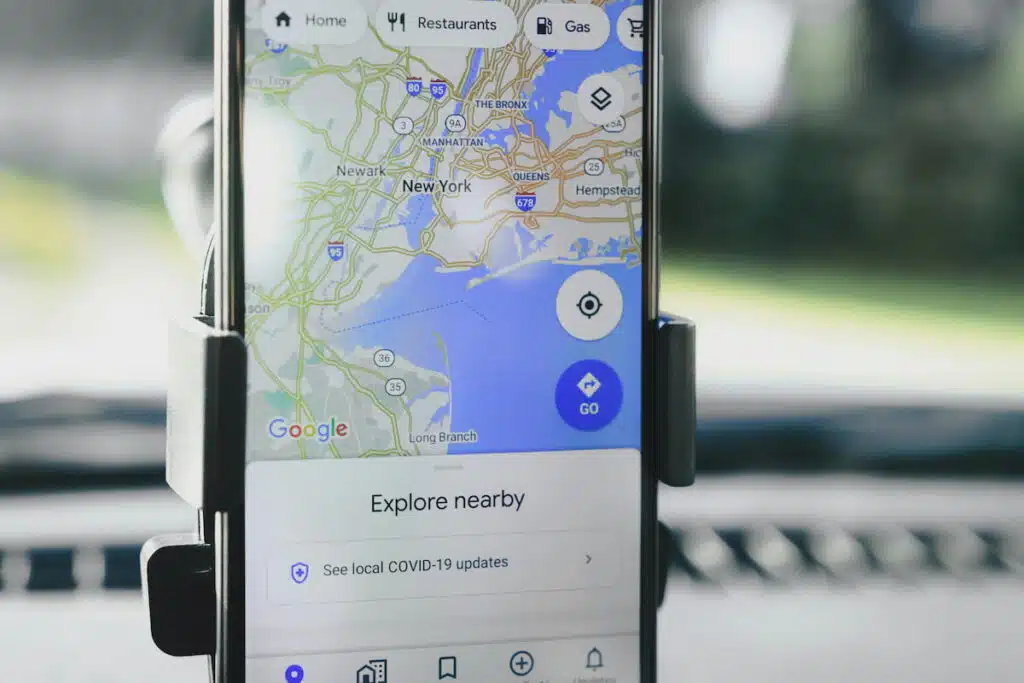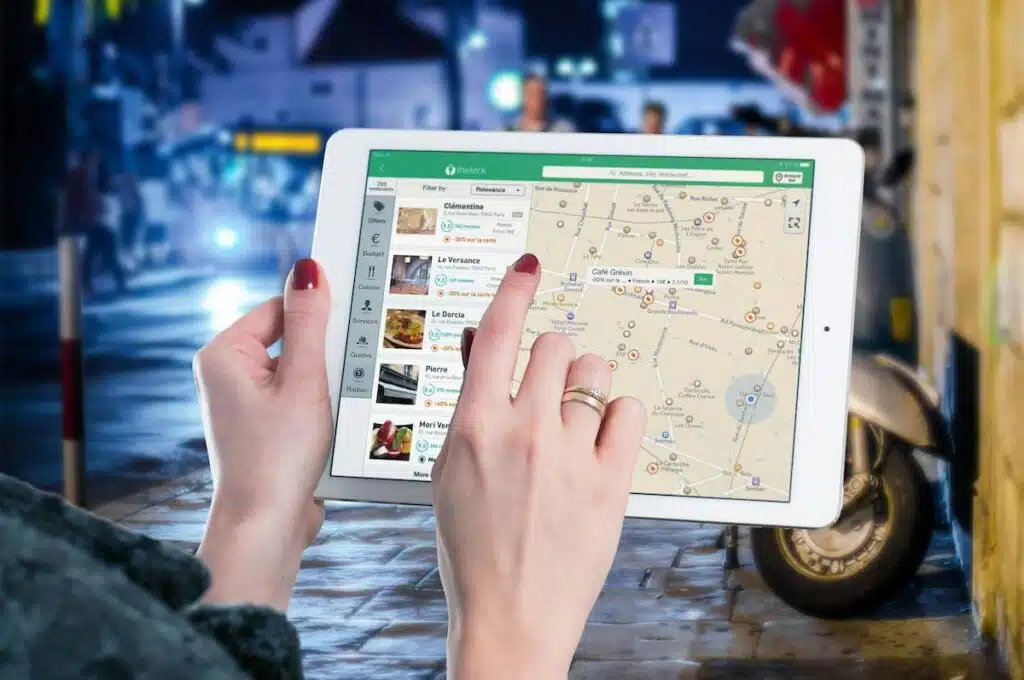Images play a pivotal role in boosting search visibility, particularly for businesses targeting local customers. A key trend amplifying this shift in 2025 is geotagging, which helps brands improve local search rankings and connect more effectively with nearby audiences.
New to this local SEO strategy? We’ve got you covered. This article dives into the fundamentals, significance, and best practices for geotagging in 2025, ensuring your approach aligns with Google’s latest algorithm updates.
What Is Geotagging and Why Does It Matter in 2025?

In SEO, geotagging refers to embedding geographical data into website content like image files, videos, messages, or even QR codes based on the location of a mobile device. This information includes (but is not limited to) the following:
- Latitude and longitude
- Place names (e.g., city, neighborhood, or landmarks)
- Business information (e.g., company name, physical address, or contact details)
- Alt text and image descriptions
- Exchangeable Image File Format (EXIF) data (e.g., timestamps, GPS, or camera settings)
- Maps
Geotagging helps visual and local searches by telling Google where your content is. This improves image search and helps local organizations show up for nearby customers, potentially boosting their local SEO rankings on the search engine results pages (SERPs).
Google’s 2025 Image Algorithm Updates: What’s New?
Google’s latest advances in image recognition and local search are influencing the algorithm. In 2025, some updates can affect how it ranks images, making geotagging beneficial when optimizing for local SEO.
Prioritizing Location Relevance in Visual Search
SEO experts indicate a growing emphasis on local-based signals within Google’s algorithms. This underscores the importance of techniques such as name, address, and phone number (NAP) citations, Google Business Profile (GBP) optimization, and location-based keywords.
Additionally, the March 2025 Google Core Update, which generally focuses on content relevance, can influence how all types of content, including images, are evaluated and ranked. It indirectly impacts local image SEO, making geotagging key for showing up in local packs and nearby visual searches.
Improving Image SEO with Geotags
A recent 10-week case study found that adding geotags to photos boosted GBP rankings for “near me” searches in the tagged locations. Their impact on those local queries was positive and statistically significant.
However, the study also found that rankings for specific town queries decreased. While concerning, this doesn’t mean adding geotags is bad; using it appropriately can be beneficial, but might require careful consideration for broader queries.
Avoiding Over-Optimization and Privacy Risks
Overusing geotags or inserting inaccurate location data can do more harm than good. Google values precision and authenticity; spamming images with geotags may appear manipulative, potentially leading to ranking penalties or diminished user trust.
Overexposing location data also poses privacy risks. Excessive tagging with precise GPS can expose sensitive locations, conflicting with Google’s data privacy guidelines. Balancing optimization with privacy-conscious practices is essential for safe and optimal user experiences.
Best Practices for Implementing Geotagging in 2025

Explore several ways to identify key opportunities for local SEO involving geotagging techniques.
- Use high-quality, locally relevant images. Original photos with recognizable landmarks or local elements strengthen search relevance and better engage users.
- Embed accurate geotags at upload. Utilize geotagging tools like GeoImgr or GPS-enabled cameras to add precise location data.
- Align image metadata. Synchronize alt text, titles, and structured data with relevant location-based keywords to reinforce search signals and improve ranking.
- Monitor image performance & optimize strategy based on trends. Use Google Search Console and Google Analytics to track image impressions, clicks, and engagement.
- Don’t just flood images with location markers. Tag key images genuinely reflecting your business’s location or relevance.
- Avoid tagging images with highly specific coordinates for private or sensitive locations, ensuring user security remains a priority.
How MDR Helps Brands Maximize Image SEO with Geotagging
To get the most SEO benefit from geolocation tagging, you need an expert team to guide your strategy. Here’s how our team can help you achieve that.
- Adapting to Algorithm Changes — MDR continuously evolves its SEO strategies to align with the latest shifts in image search and local algorithms.
- Expert Image Optimization — MDR enhances image assets for better search performance and local relevance, making them more impactful in rankings.
- Strategic Geotagging for Engagement — MDR leverages precise geotagging to boost user engagement, conversions, and sustained visibility in local searches.
Takeaway
Local SEO strategies are evolving, and images are becoming a core marketing asset. Geotagging is one way to leverage them, connecting digital content and physical locations to boost discoverability in today’s growing visual and local search.
At Marketing Done Right, we recognize the crucial role of geotagging in 2025. We harness our expertise in image optimization and location-based services to help clients gain a competitive advantage in local searches. Contact us today for a consultation.